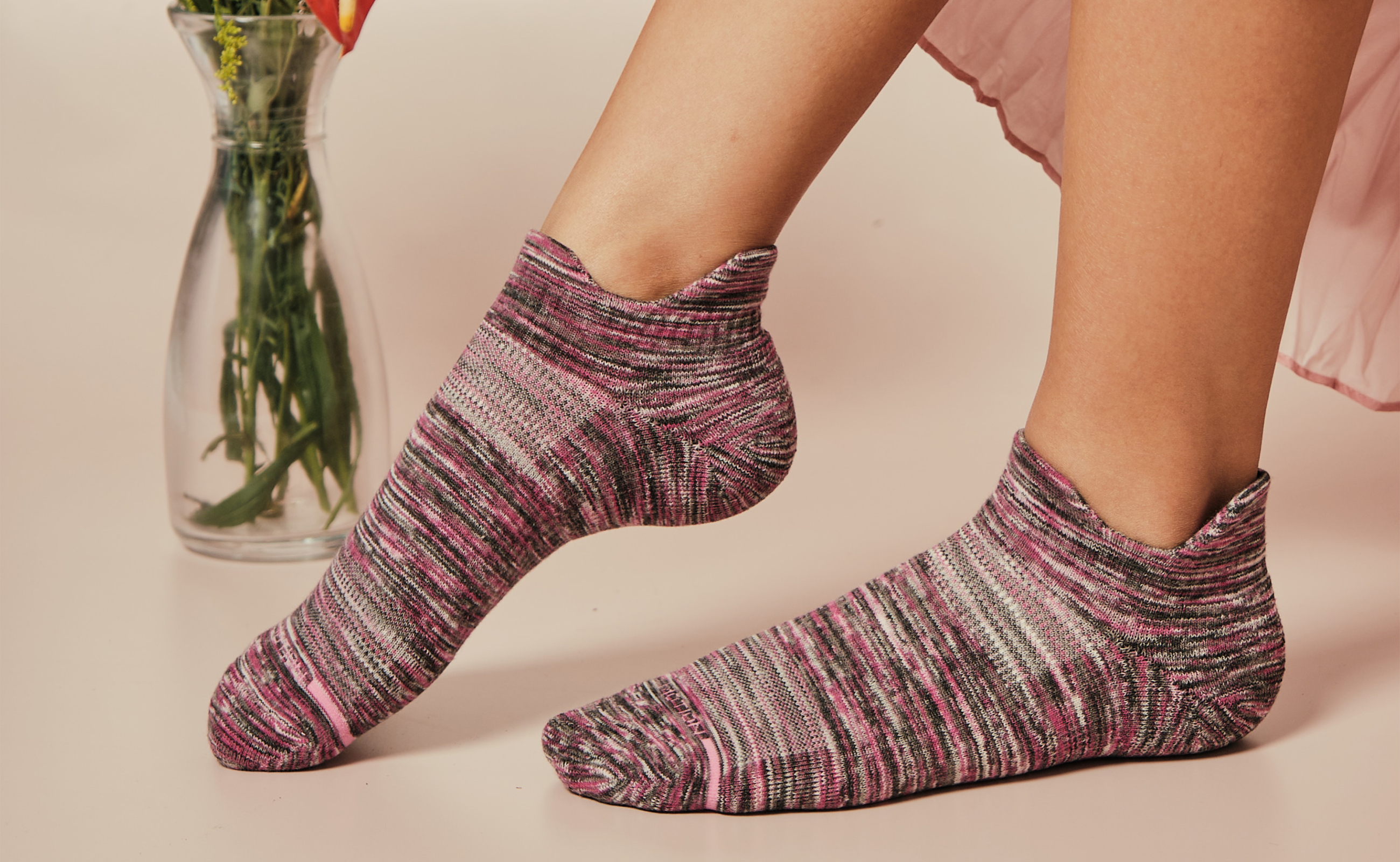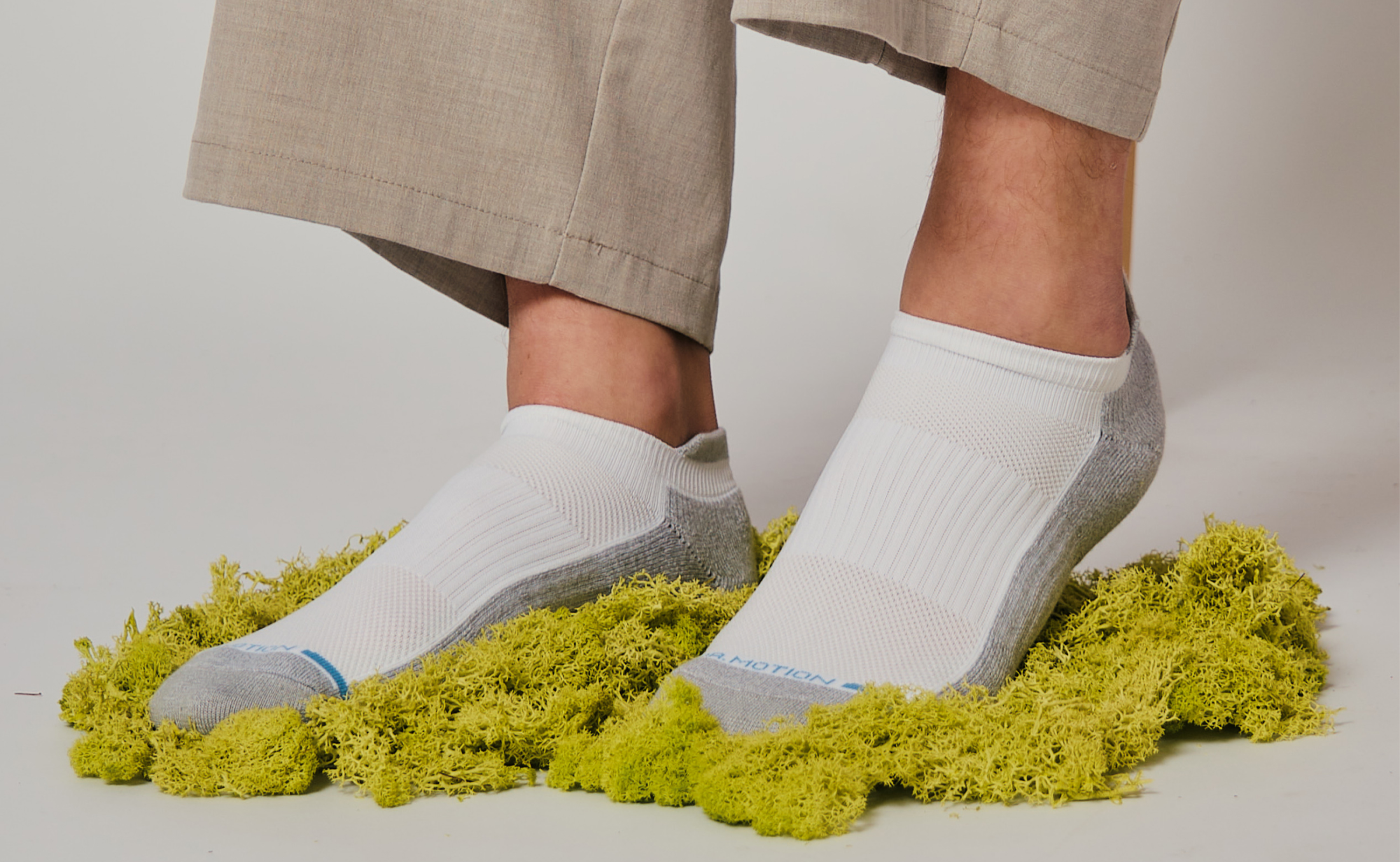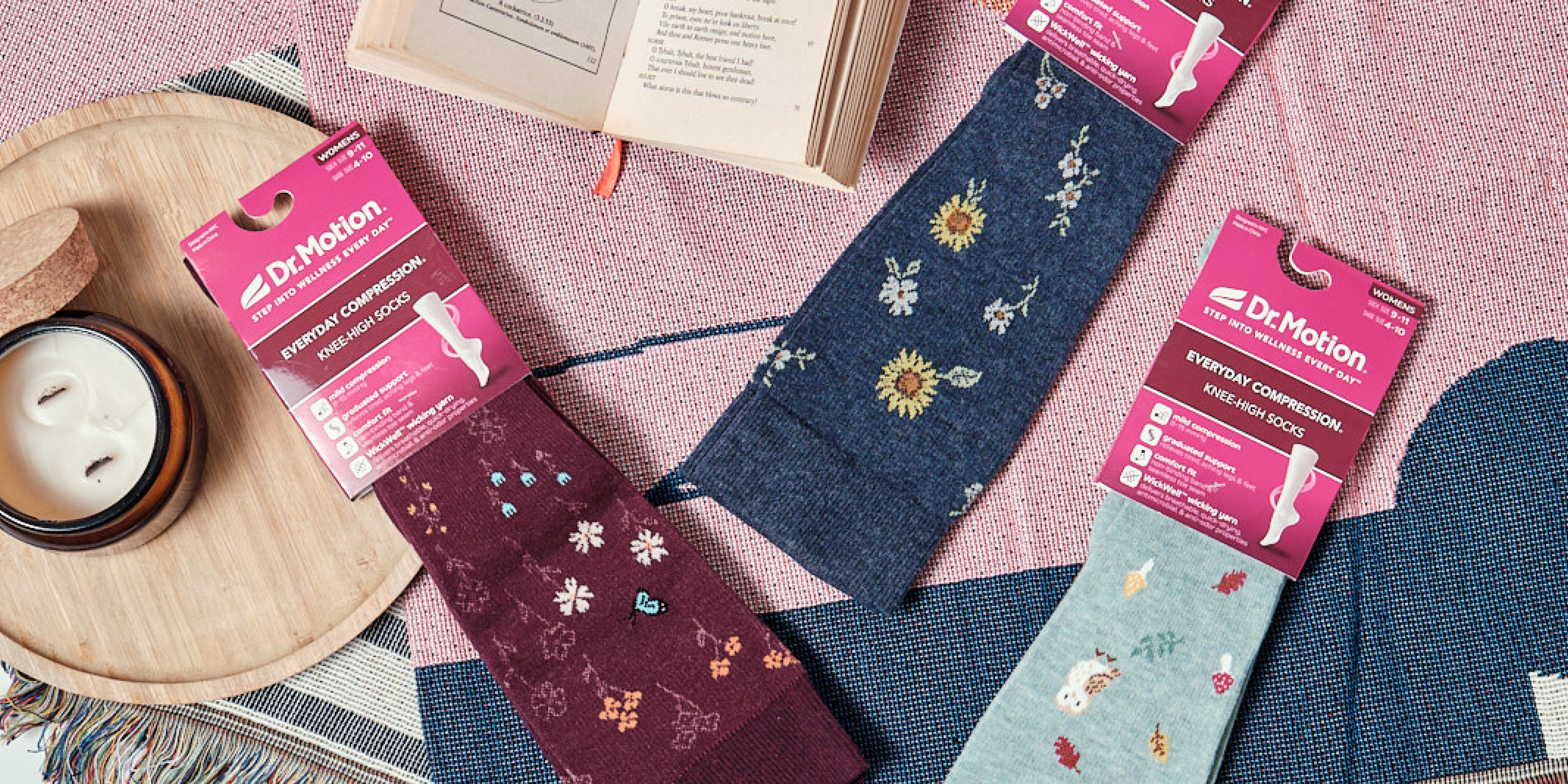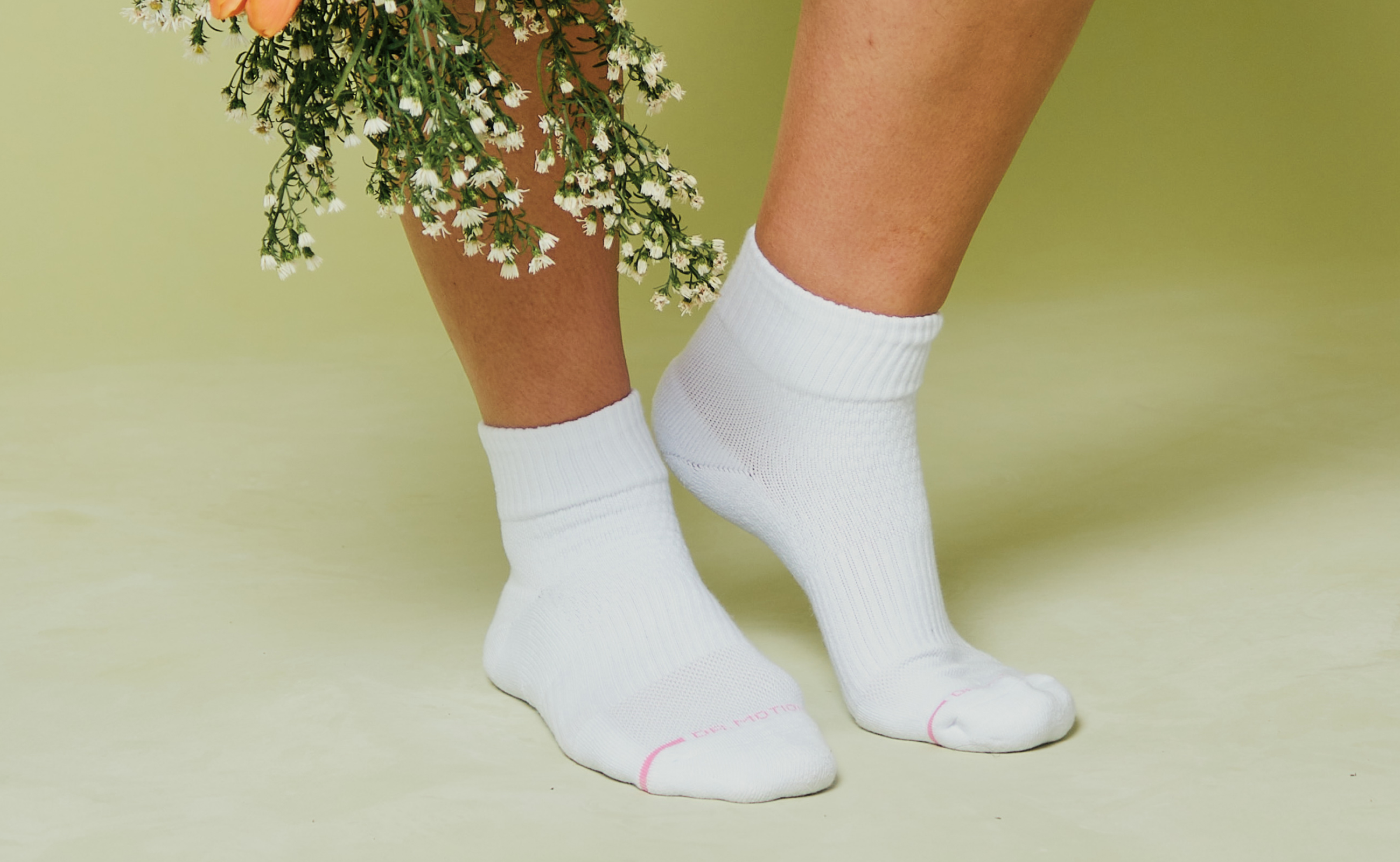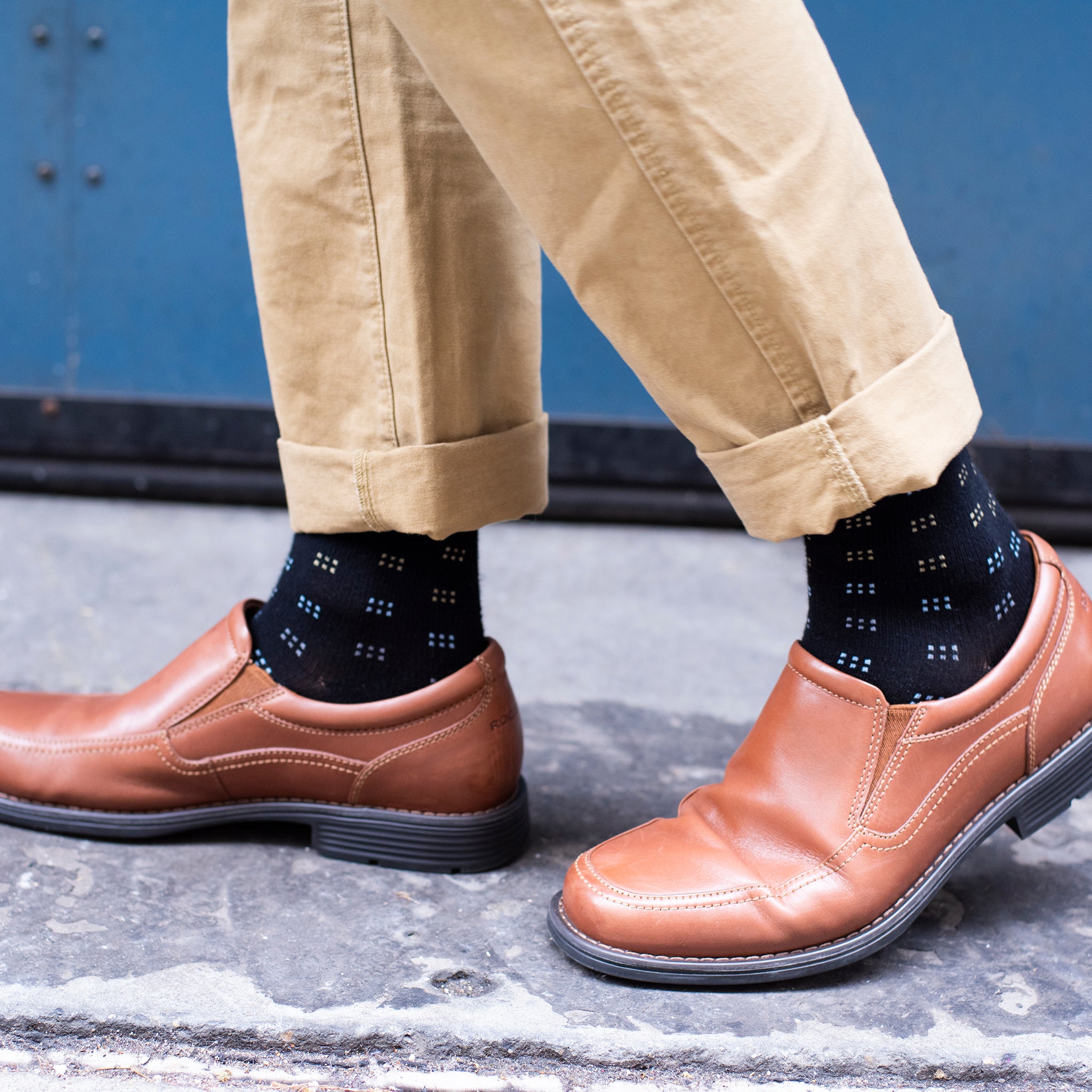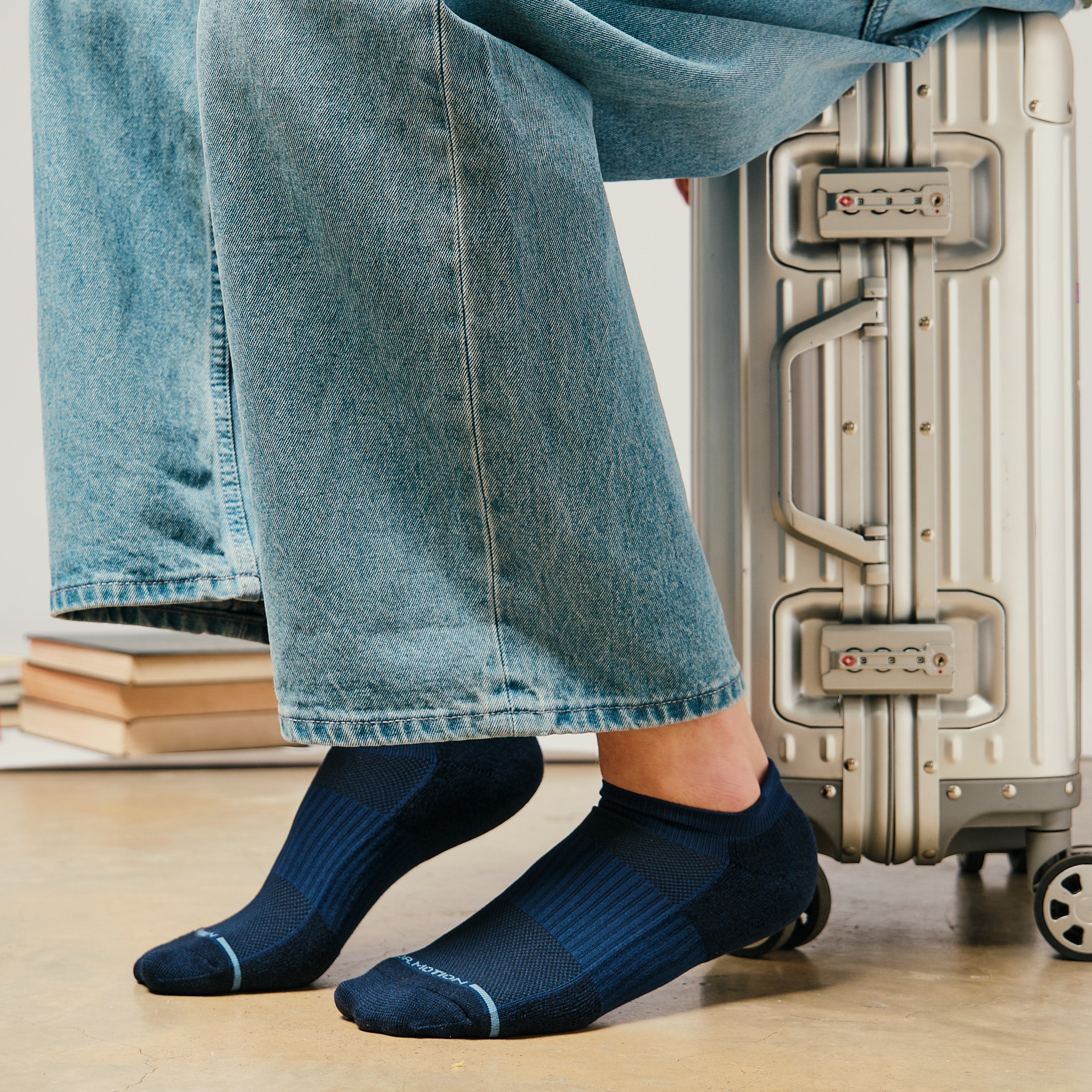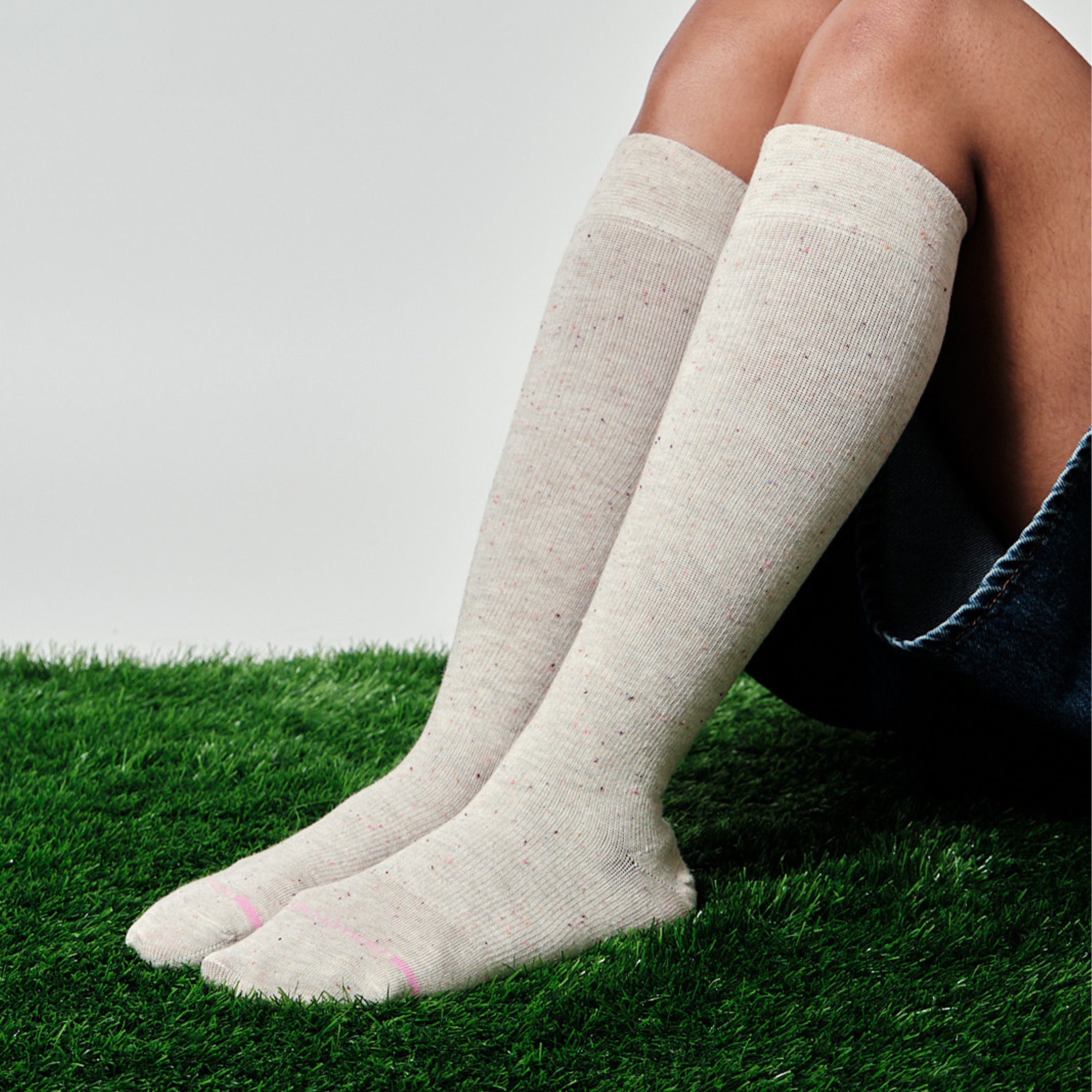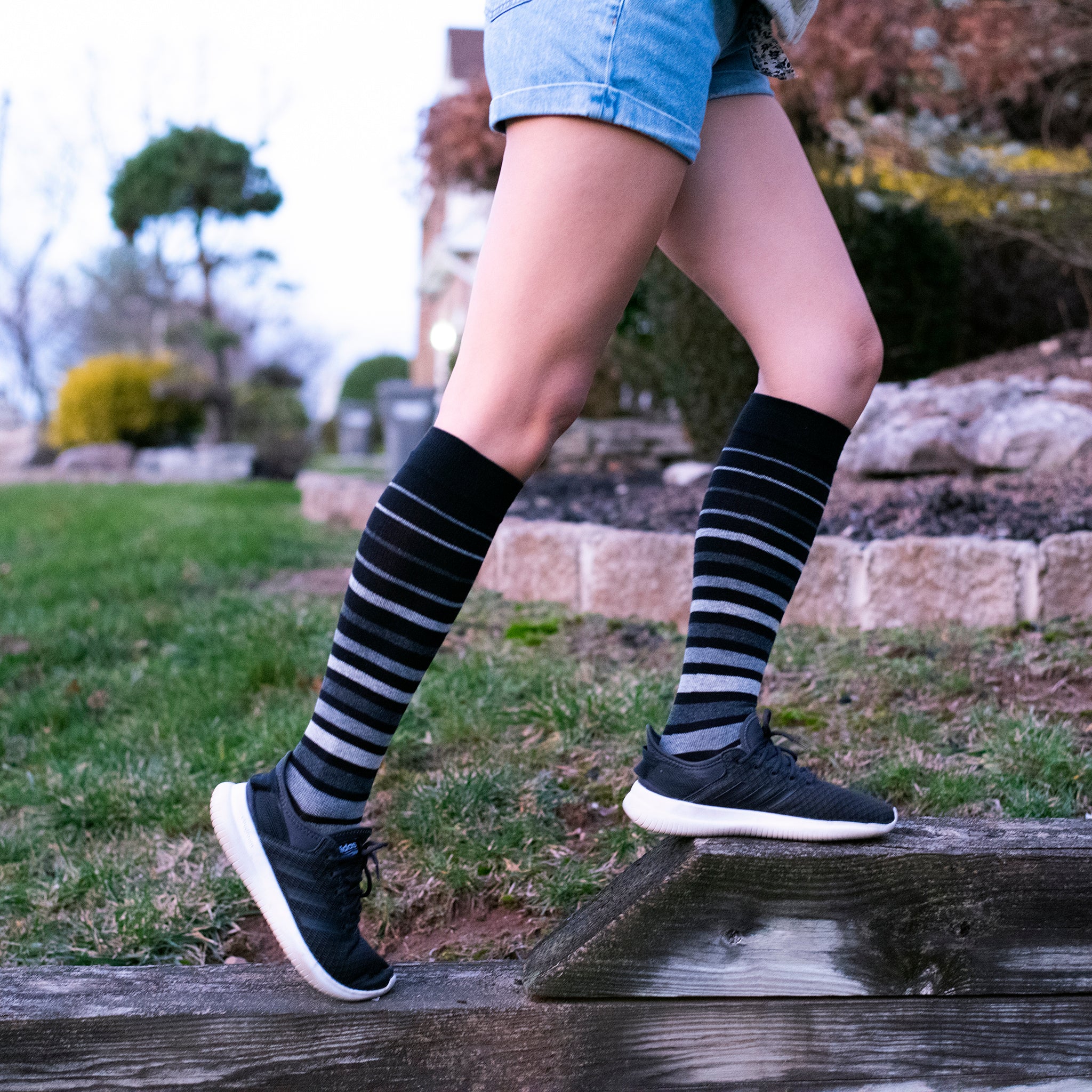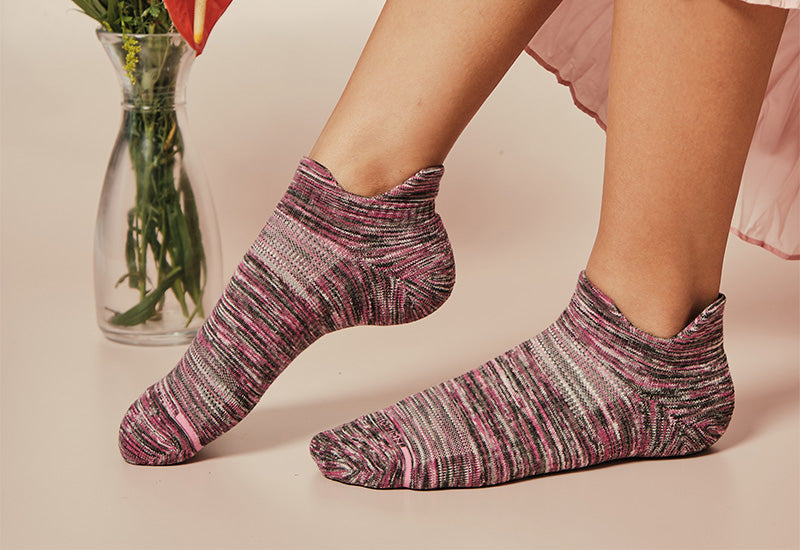Compression Socks for Deep Vein Thrombosis: A Complete Guide
Waking up with an aching, swollen leg is a daily reality for those living with deep vein thrombosis (DVT). Simple tasks like getting out of bed, walking to the kitchen, or even sitting for long periods can feel exhausting. But beyond the discomfort, there’s a more serious concern: the risk of complications such as pulmonary embolism (PE), a life-threatening condition that occurs when a blood clot travels to the lungs.
DVT develops when a blood clot forms in a deep vein, typically in the legs, restricting blood flow and increasing the risk of severe complications. Fortunately, compression socks have become a game-changer in managing DVT symptoms and improving circulation. In this guide, we’ll explore everything you need to know about compression socks for DVT, including how they work, their benefits, and the best ways to use them for maximum relief.
Do Compression Socks Help with DVT?
Yes, compression socks are clinically proven to support circulation and reduce the risk of blood clot progression in people with DVT. They do not dissolve existing clots, but they play a crucial role in preventing clot enlargement and minimizing complications like post-thrombotic syndrome (PTS)—a condition that causes long-term swelling, pain, and skin changes due to poor circulation.
How Do Compression Socks Work for DVT?
Compression socks function by applying controlled pressure to the veins and muscles in the legs, supporting blood flow and reducing swelling. Here’s how they work on a physiological level:
-
Promote Blood Circulation – By compressing the veins, compression socks help narrow the vein diameter, increasing blood velocity and reducing the likelihood of clot formation or expansion.
-
Prevent Blood Pooling – DVT often leads to venous insufficiency, where blood pools in the lower limbs. Compression socks counteract this by forcing blood back toward the heart, reducing stagnation and swelling.
-
Reduce Leg Swelling – Fluid retention is common in DVT patients, causing swelling (edema), discomfort, and heaviness. Compression socks help prevent excess fluid buildup, easing pain and improving mobility.
Disclaimer: While compression socks are beneficial, they are not a standalone treatment for DVT. They are typically used alongside anticoagulants (blood thinners) and lifestyle modifications to prevent clot worsening and promote overall vascular health.
The Benefits of Compression Socks for Deep Vein Thrombosis
Compression socks are a key part of DVT management, offering long-term benefits that improve comfort, mobility, and overall vein health. Here’s why they are an essential tool:
-
Ease Leg Fatigue – DVT often causes aching, heaviness, and discomfort, making daily activities difficult. To alleviate these concerns, compression socks provide consistent support to the muscles and veins, helping reduce leg fatigue and soreness, and making it easier to stay active.
-
Support Faster Recovery – After developing a blood clot, the affected vein may take weeks or months to heal. Compression socks help prevent long-term damage to the veins by keeping circulation steady and reducing lingering swelling, significantly helping with the pain.
-
Reduce DVT Risk – Sitting for long periods increases the risk of clots worsening or reforming. Compression socks help keep blood moving, reducing the risk of recurrence for those with a history of DVT.
-
Encourage an Active Lifestyle – Staying mobile is crucial for DVT prevention and recovery, but discomfort and swelling can discourage movement. Compression socks make standing, walking, and exercising more comfortable, helping people stay active.
How to Wear Compression Socks for Maximum Benefit?
Since compression socks offer a form-fit, ensuring secure and even pressure across the leg is crucial. Follow these steps to wearing our socks and gain maximum benefits:
-
If your legs are damp from a shower, lotion, or sweat, the socks may stick and be harder to pull up. Pat your legs dry before wearing them.
-
Turn the sock inside out, except for the toe area. This trick helps slide the sock onto your foot more easily without excessive tugging.
-
Make sure your heel is properly aligned with the heel section of the sock. This ensures a comfortable fit and prevents unnecessary pressure points.
-
Avoid bunching or folding the fabric, as wrinkles can create pressure points and reduce effectiveness. Instead, roll the sock upward in sections, smoothing it as you go.
The Best Compression Socks for DVT: What to Look For?
Choosing the right compression socks is essential for managing deep vein thrombosis (DVT) effectively. Here’s how to pick the best pair:
1. Compression Level
Compression socks come in different pressure levels, measured in millimeters of mercury (mmHg). The appropriate level depends on the severity of your condition and should always be chosen based on your doctor’s recommendation.
However, a moderate compression level (15-20 mmHg) can be sufficient for preventive purposes. This level helps reduce swelling, improve circulation, and prevent blood pooling, making it ideal for travelers, individuals with sedentary lifestyles, or those at risk of DVT. If you're looking for comfortable, preventive support, you can explore our Moderate Compression collection.
2. Choosing the Right Length
Compression socks come in various lengths, each suited for different needs.
-
Knee-High Stockings – Ideal for most DVT cases, especially if the clot is below the knee. These are easier to wear and provide effective circulation support.
-
Thigh-High Stockings – Recommended if you have DVT above the knee or require additional venous support. They provide higher coverage but may require an elastic band or silicone grip to stay in place.
-
Full-Length (Pantyhose/Tights) – Ideal for people who need compression throughout the legs, including the hips and waist. They are often recommended for severe circulation issues or pregnancy-related swelling.
3. Material and Design
Since compression socks need to be worn for long periods, choosing the right material ensures comfort and durability.
-
Graduated Compression – Doctors often recommend graduated compression socks for DVT patients, as they provide the highest pressure at the ankle and gradually loosen toward the knee or thigh, encouraging blood to flow upward toward the heart instead of pooling in the legs.
-
Breathable Fabrics – Sweaty or damp skin can lead to discomfort and irritation, especially when wearing compression stockings for extended periods. Moisture-wicking materials like nylon, spandex, or cotton blends help keep feet dry and warm, preventing sweat buildup and maintaining all-day comfort.
-
Seamless or Soft Fabric – A smooth, soft fabric helps prevent friction, irritation, and blisters. A flat seam and terry inner lining provide a more comfortable fit, reducing rubbing against the skin and making the socks easier to wear for a longer duration.
-
Non-Binding Cuff – A non-binding cuff ensures the socks stay in place without digging into the skin or restricting circulation. This allows for a comfortable stretch while maintaining a snug, supportive fit.
-
Enhanced Cushion – Extra cushioning provides impact protection and durability, making compression socks more comfortable for walking and daily use. This is especially helpful for reducing leg fatigue and preventing discomfort when standing for long hours.
A New Lease on Life with Compression Socks
March marks Deep Vein Thrombosis (DVT) Awareness Month, a timely reminder of the importance of proactive vein health and the impact of small lifestyle changes. Whether you’re recovering from DVT, taking preventive measures, or simply looking to improve circulation, investing in the right compression socks can make all the difference.
Our Knee-High Collection offers a range of compression levels, designs, and materials, ensuring the perfect fit for prevention, recovery, and long-term support. Don’t wait — prioritize your leg health today! Explore our selection and experience the benefits of graduated compression for comfort, circulation, and overall well-being.
FAQs
1. What are the causes of DVT?
Deep Vein Thrombosis (DVT) occurs when a blood clot forms in a deep vein, usually in the legs. Common causes include prolonged inactivity (e.g., long flights, bed rest), surgery, injury, smoking, obesity, pregnancy, and certain medical conditions like clotting disorders.
2. How long can you use compression socks?
Compression socks can be worn throughout the day but should generally be removed before sleeping, unless otherwise directed by a doctor. For DVT management or prevention, they should be worn consistently, and it's recommended to replace them every 3-6 months for maximum effectiveness.
3. Can you wear compression socks while on blood thinners?
Yes, compression socks can be worn while taking blood thinners, as they help improve circulation and reduce swelling. However, it’s best to consult your doctor to ensure the right compression level based on your specific condition and treatment plan.


